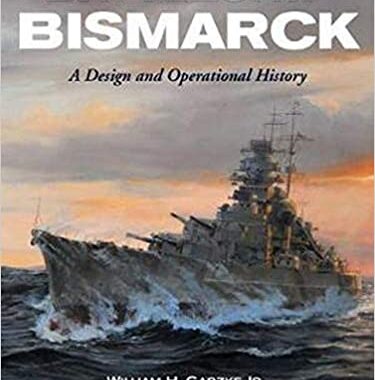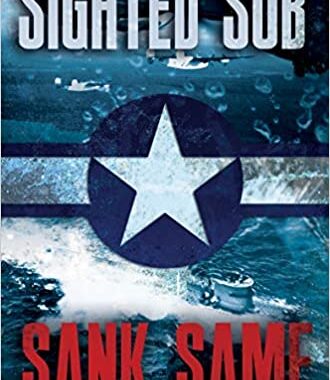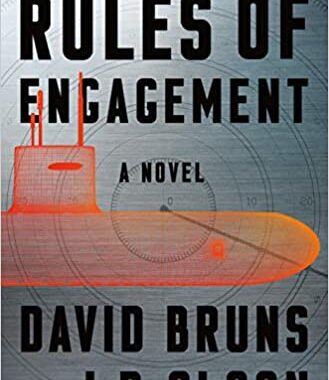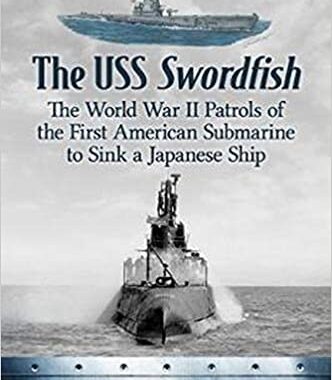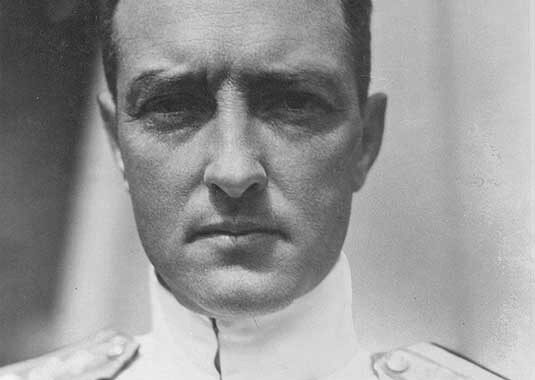The Admiral’s Chef: Recipes from a Navy Wife’s World Travels
Reviewed by LCDR Rebecca Sorell, USN (Ret.) A cookbook is not a typical book to be reviewed for the Naval Historical Foundation, so I was intrigued to see it on the list of available books to review, especially since it had a tie to the U.S. Navy, being written by a Navy wife, Marcia Steidle.



